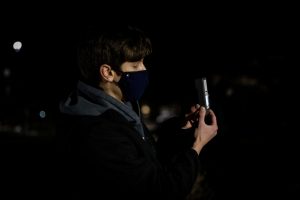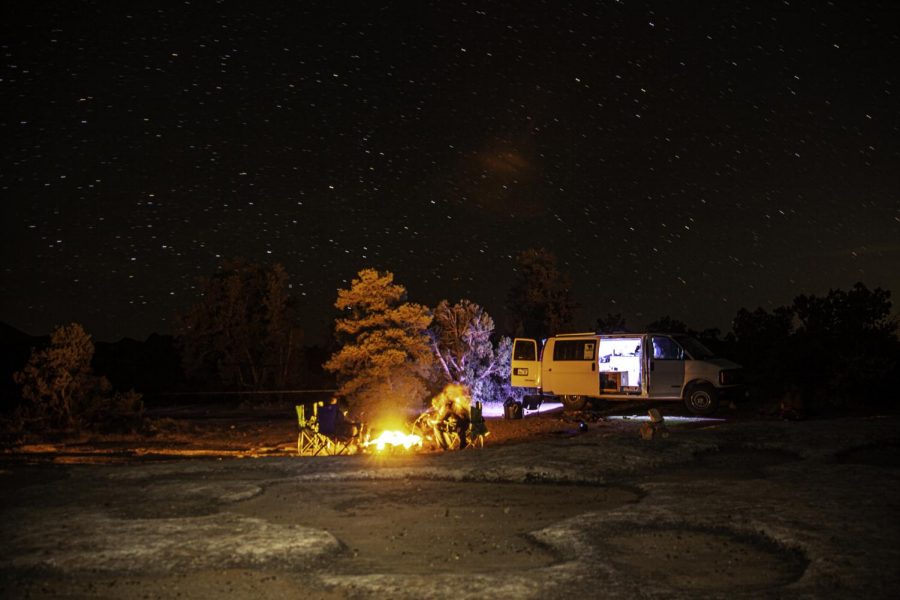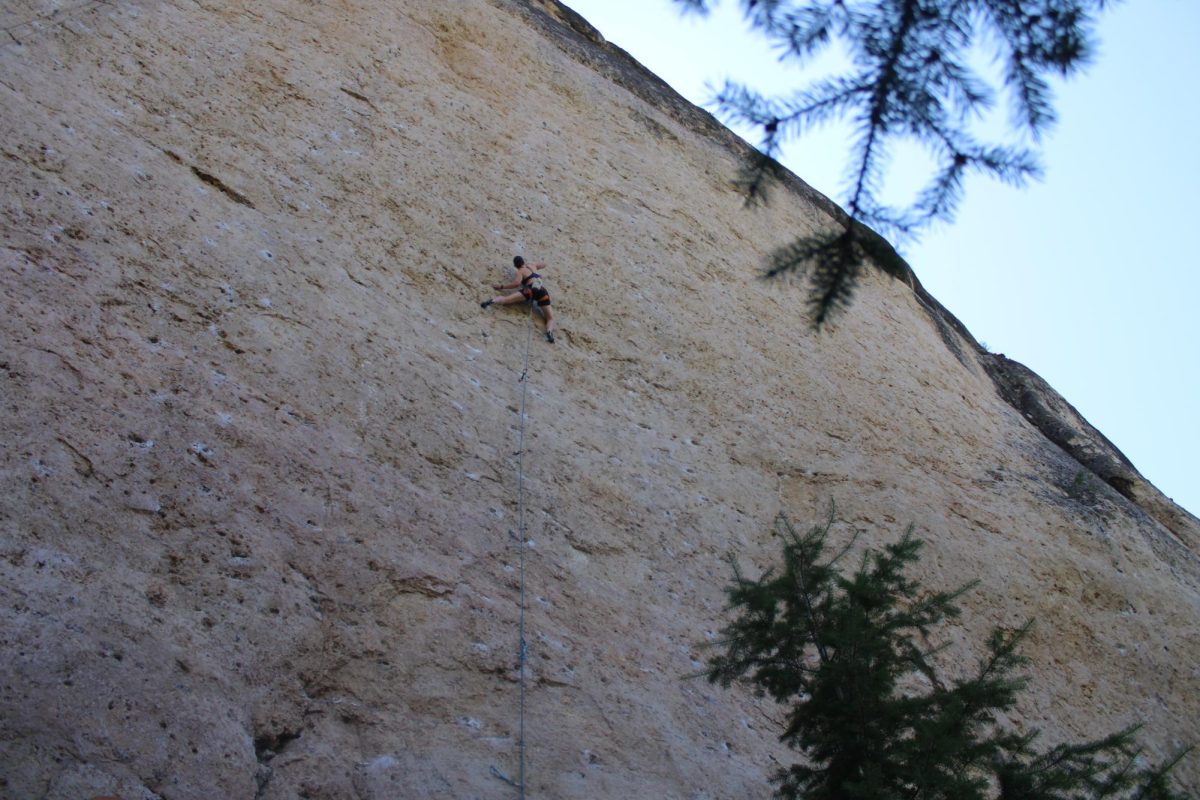Light Pollution and Dark Skies
March 29, 2021
Our galaxy is awe-inspiring and has long been the medium to creativity and openness, thought-provoking conversation and life-changing scientific discoveries. Since the creation of artificial lighting, however, our vision of the night sky began to fade, and the commonality of these experiences faded with them. We now find ourselves in a rare time on Earth where the natural vision of our galaxy at night is totally obscured by light pollution. Did you know that 80% of the developed world can no longer see the Milky Way? Personally, I had no clue until taking my first Dark Skies course at the University of Utah. Looking up to the stars at night is a privilege that most no longer have. In an interview with Hannah Pack, from the Dark Sky Studies department at the University of Utah, we discussed the importance of protecting and restoring the night sky, the intrinsic value it holds and the actions that individuals can take to mitigate light pollution near their home.
Hannah Pack is a Graduate Student from the City and Metropolitan Planning college and a teaching assistant for Dark Sky Studies. The first question that I asked her was, “How do you define our human relationship to the night sky?” She responded,
When I think about the night sky, I immediately think about family camping trips that I took as a child. I think many folks, especially in Utah, have experienced the wonder of looking up at a clear night sky while camping. For me, the night sky is a reminder of human impact on our natural environments. It is strange to me that we must remove ourselves from human settlements to connect with the dark sky. I find that this says a lot about how we view our relationship with nature as if we are somehow separate from it. In not-so-ancient times, humans relied on the cycle of the sun and moon to provide rhythm to their lives. I find that spending time beneath dark skies is meditative and grounding. I believe that there is a part of our humanity that is reawakened when we spend time in nature at night. We deny ourselves our own humanity by polluting our natural environment, including our skies.
It is worth reiterating that though Hannah has fond recollections of the night sky, many do not, and are missing out on this wonderful opportunity due to light pollution. But something that individuals like myself – who strive for a minimalist lifestyle – may have trouble accepting is that artificial light is the source of the problem but not the problem itself. In other words, widespread human-use of artificial light alone is not responsible for the exceedingly high levels of light pollution in metropolitan areas. Rather it is how we choose to use and manipulate artificial light at night that is the problem. My next question for Hannah touched on this topic,
“In a perfect world, how does artificial light at night coexist with dark skies?” Her response,
It is remarkable to consider how different our lives are now with the advent of electrical lighting. We cannot go back to life before artificial lighting, but we can ensure that we use it responsibly. Lighting should be applied only where needed. Lighting can often be overly bright and spread into other areas, which actually makes it more difficult to see anything beyond the light. Technology has not stopped advancing since the invention of artificial light, and we should use this to our benefit. Motion sensors, appropriate color temperatures and brightness, and hooded lighting fixtures help reduce unnecessary lighting outdoors.
Artificial light is omnipresent and a primitive push towards abolishing it altogether is not realistic or in anyone’s best interest. Therefore, we have a better chance of restoring the dark sky by orienting solutions to the problem around lighting design and policy. Fortunately, much of the technology to do so is already available and it is only a matter of using it. However, as geologist Marion King Hubbert famously said, “our ignorance is not so vast as our inability to use what we already know.” Yet in response to this bleak and decaying perspective, I would play the optimist and say, “the times they are a changing.” For instance, the renewable and alternative energies that Hubbert was contrasting to fossil fuels at the time of this statement, are finally starting to get the attention they deserve. Not to mention, I see far fewer obstacles in the way of applying better lighting designs at night than I do replacing fossil fuels with renewable energy alternatives.
So, my final question for Hannah was, “What are some at-home actions that individuals can take to mitigate light pollution?” Hannah answered,
The most significant action that individuals can take to address light pollution is to educate themselves and their social circles about light pollution issues. I wasn’t aware of these issues until I visited Arches National Park. Visiting one of the many International Dark Sky Parks in Utah is a great way to show support for the preservation of dark skies. Once I became aware of light pollution, I was able to start taking immediate actions. I began by assessing the lighting conditions of my home. Like many others, I am a renter and do not have much control over the exterior of my building. However, I was able to install blackout curtains that will keep my interior lighting contained, thereby reducing light trespass. I also keep my local representatives’ email addresses handy and email them with specific problems I see in my neighborhood. Salt Lake City Council is responsible for passing lighting ordinances, and residents can play an active role by letting their representatives know that dark sky protection is important to them.
These actions are quite simple, yet impactful and I urge you to try them out. Especially in regard to visiting the Dark Sky Parks, as there are more to choose from here in Utah than any other part of the globe. Like PhD Kelly Bricker, Professor and Chair of the University of Utah department of Parks, Recreation and Tourism, says, “dark skies create healthy ecosystems and healthy people, as well as great tourism products.”

Here is a list of all the Dark Sky Parks that you can visit in nearby to see for yourself and support these areas:
Antelope Island State Park, Dinosaur National Monument, East Canyon State Park, Jordanelle State Park, North Fork Park, Rockport State Park, Steinaker State Park, Timpanogos Cave National Monument










